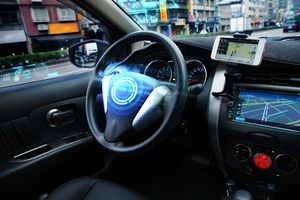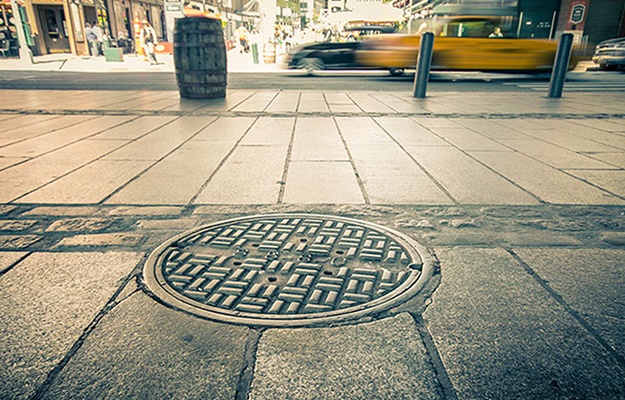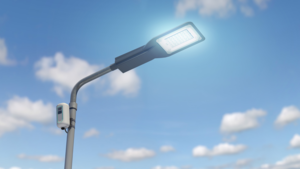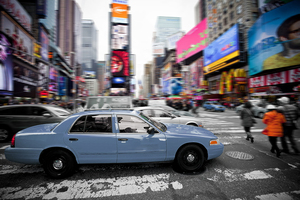Nick Koiza, head of security business at Plextek, takes a look at some of the Internet of Things (IoT) technologies and innovative companies that will make travel a safer and less frustrating experience.
Most of us would swap lockdown for a queue on the motorway or autobahn. As we head back onto the roads other than to go to the shops or local park, we should reflect on the forced travel restrictions and consider the daily risks and safety concerns linked to our congested road systems. There has to be a better way.
Road safety is largely down to our own personal responsibility and driving skills, keeping our vehicles well maintained, driving restrictions and the good management of our road systems. However, this is changing and in the next 10 years the Internet of Things technologies will significantly enhance public safety on our road networks.

The transportation industry is already a huge investor in the Industrial Internet of Things (IIoT), spending around US$78 billion (€65.62 billion)worldwide from 2016-2018. Safety is a key part of transportation IoT that is vital for overall success.
So, what are the top five areas of transport safety that can be enhanced by IoT technologies?
- Real-time data & AI
Knowing when to avoid congested or high-risk areas seems simple, but avoidance is the first step to reducing safety risk. Real-time data utilising AI can be a powerful combination together with IoT technologies. With analytics that can facilitate increased intelligence, we are enabled to make enhanced decisions at both a central and individual level.
Data can come from a huge range of sources. Connected parking data can support a better flow of vehicles around an urban environment. Smart street lighting utilises real-time data to assess when it is dark enough to switch lights on, providing a safer environment. But these lights could be used in the future as a ‘hub’ for collecting other data like pollution, weather and traffic flow.
UK-based CNI Guard uses environmental sensors to monitor underground infrastructure. The system prevents and mitigates the risk of gas explosions, stray voltage, flooding and other breaches of safety, environmental and quality control regulations. What would have previously taken as an accident, such as a manhole explosion, and then a team of people to manually close the road and assess, IoT has enabled automation and risk prevention rather than remediation.
2. Intelligent transportation routes

People often use routes they are used to, or ‘the well-trodden path’, instead of more efficient routes. People easily fall into routines but when routes are suddenly closed, they are forced to change their usual commuter route. This is a massive behavioural change to observe and interestingly, many people never go back to their previous route. Familiar is not always best and smart transport options can find the optimal route, not the route that people are used to. Innovation in transport can include technology to enable people to make better and safer transport choices, including public transit management.
At a very basic level, a potential passenger can use a digital display to see how long before their bus/tram arrives. During COVID-19, more passenger counting technologies are being invested in, which can help companies assess whether their networks are getting congested and unsafe. On a more personalised level, each traveller could use a combination of geofencing, AI and other smart route tools to enable a personalised, low risk, and quick route.
3. Intelligence on driver behaviour

Human error is hard to prevent. How do you incentivise drivers to be more careful, when laws and signage have limited effect? Redtail Telematics collects precise, high-resolution data from onboard devices and apps about driver behaviour. This enables insurance companies to offer premiums based on real, rather than perceived risk. This can in turn encourage drivers to be more careful on the roads, with rewards related to their behaviour and subsequently reduced premiums. The first 6-12 months of a driving career are statistically the most risky; so with insight into driving behaviours that can be improved, lives can be saved.
For commercial companies, Vehicle Asset Management (VAM) products provide certainty that vehicles are being driven well, running efficiently and are where they are supposed to be. This gives fleet managers greater visibility and information to extract further performance from their fleet, which in turn reduces costs as well as safety and operational risk.
Automotive original equipment manufacturers (OEMs) are increasingly investing in connected vehicle data, including driver behaviour, via platforms that support the road safety agenda.
4. Smart logistics
Smart logistics make supply chains more efficient and safer. Using intelligent software to identify weak spots in a supply chain can alleviate dangers in transit. Start-up company Celsius Dynamics is developing a logistics solution for cold chain distribution services.
Using proprietary algorithms, its smart, digital platform looks at the cold chain process from the manufacturer through to all sequences of temperature-controlled environments. This level of automation and intelligence theoretically means you can avoid temperature-related problems and even explosions in transit and deliver a better quality product upon arrival.
5. Autonomous vehicles and smart roads
We need to be very careful about how we implement autonomous vehicles on our roads to ensure that all road users are safer than before. Ensuring that the strictest onboard safety standards are adhered to and combined with Smart Street Furniture is key. Practical object and vehicle recognition in intelligent and autonomous transport systems remain data-first problems.

The de-risking exercise involves testing and validation using real-life scenarios in a controlled environment. The health of the decisions taken by the vehicles’ on-board systems need to be validated by external sources of information on our roads. The more unique data that is captured and identified, the more accurate the decision models can be.
Here in the UK, we have started to invest in Smart Roads, but there is a lot of misunderstanding about what a true Smart Road is, with many believing the focus is on speed control, which is only part of the puzzle. Cranfield University’s work on project HumanDrive is an exciting development in this area.
The road ahead
The transportation industry has been hit hard by COVID-19 but will hopefully bounce back as restrictions are lifted. Innovative technology is making great strides in the evolution of all types of transport that will help to improve the travel experience and make it safer to use our transport network.
The author is Nick Koiza, head of security business at Plextex.
Comment on this article below or via Twitter: @IoTNow_OR @jcIoTnow










